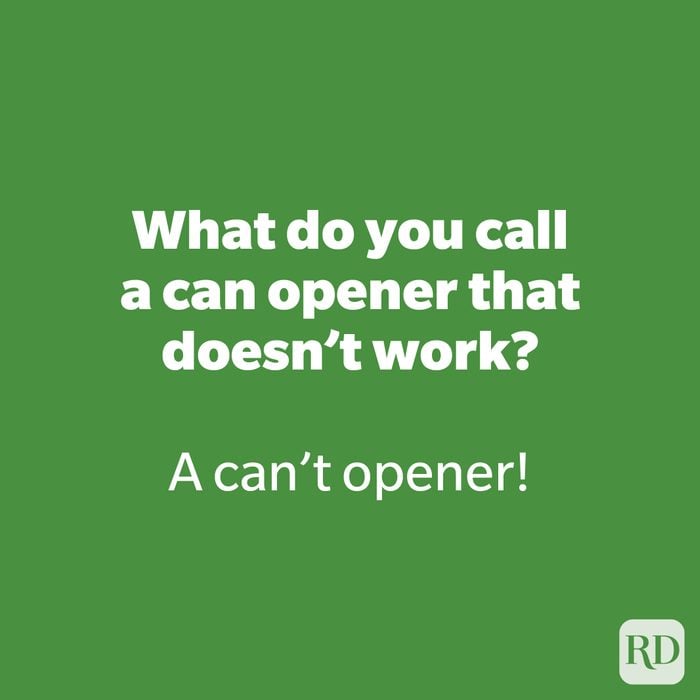The reason why Kids Adore Funny Stories: The Happiness of Innocent Comedy

Humor has a unique way of uniting us, shattering barriers, and infusing joy to our lives. For kids, puns are not just a form of entertainment; they are a delightful exploration of language and imagination. The laughter that erupt from a perfectly timed punchline or a funny setup demonstrate the pure, innocent joy that humor can bring. Children often tend toward whimsical themes, and one of the most cherished subjects in their joke repertoire is prehistoric creatures. The combination of these prehistoric giants and absurd scenarios leads to a explosion of laughter that resonates with kids of all ages.
There is something particularly unique about dinosaur jokes that captures the hearts of kids. Perhaps it is the whimsical idea of giant creatures engaging with everyday situations or the sheer absurdity of imagining a T-rex in a humorous scenario. This naive humor fosters a sense of creativity and understanding of play on words, contributing to their cognitive development. As kids share these puns with friends and family, they not only enjoy the laughter that ensues, but they also learn valuable social skills and the joy of bonding through humor.
The Appeal of Dinosaur Jokes
One of the causes children are drawn to dinosaur jokes is the sheer fascination they have with these gigantic creatures. Dinosaurs symbolize a world that is both stimulating and inviting to young minds, packed with adventure and discovery. The playful mix of reality and imagination enables kids to explore their curiosity while interacting with humor that feels both familiar and whimsical.

Dinosaur jokes typically involve basic wordplay, puns, and goofy scenarios that make them simple to understand and share. The combination of fun with a subject that stimulates their imagination can establish an instant connection. For children, the humor resonates because it is relatable and typically involves situations they can visualize, making the jokes even more amusing.
In addition, dinosaur jokes promote a feeling of community among children. Exchanging a laugh over a hilarious dinosaur pun can bolster friendships and develop bonds. When kids tell these jokes to each other, they participate in a lighthearted exchange that cultivates social interaction, reinforcing the joy and laughter that comes from innocent humor.
The Role of Humor in Child Growth
Humor plays a crucial role in child development, serving as a connection to interpersonal skills and emotional health. As children engage with jokes, such as silly dinosaur humor, they learn to connect with their friends and form relationships through collective amusement. This common experience not only improves their social skills but also helps them comprehend the subtleties of conversational skills, such as punctuation and expression, which are important for successful communication.
Moreover, comedy stimulates cognitive development. When children listen to or invent jokes, they engage in critical thinking and creative problem-solving as they figure out play on words or wordplay. For instance, a youngster might think about why a joke about a dinosaur being late due to having small arms is hilarious. This kind of light-hearted contemplation fosters creativity and promotes children to explore linguistic skills in novel and fun ways, enhancing their verbal skills.
Moreover, humor contributes beneficially to psychological health. Joyful sounds releases endorphins, promoting a feeling of joy and lessening anxiety. When young ones giggle at funny stories, they experience instances of happiness that can alleviate worries or concerns. The simplicity of humorous tales, especially those that revolve around playful ideas like dinosaurs, allows children to enjoy laughter without the complexities of adult humor, making it a vital part of their emotional resources.
Methods for Tell Dino Jokes with Children
An easy approach to tell dino humor with children involves including them into everyday discussions. It’s possible to start with informally bringing up a dino in the context of a talk regarding creatures or history, before smoothly introduce a connected punchline. For example, if you talk about T-Rex, you might say, "Why can't you hear a pterodactyl go to the bathroom? Because the P is silent!" This maintains the atmosphere cheerful and involves children in a playful way.
Another successful strategy is to create a fun activity around sharing humor. One could designate time at family events or friend visits in which everyone exchanges their most loved dino jokes. Making it participatory, children get excited to sharing and listening to jokes from one another. It also fosters a sense of connection, allowing them to form relationships with laughter.
In conclusion, consider employ visual aids to enhance the humor experience. People might discover storybooks or online resources that show pictures of dinos with their humor. Showcasing the humor this way may make them more noticeable and enjoyable for kids. Whether by telling dinosaur jokes for adults or illustrating, combining visual aspects with humor enhances engagement and ensures the humor stay in their thoughts.
